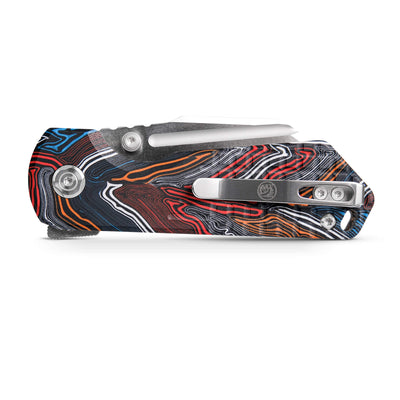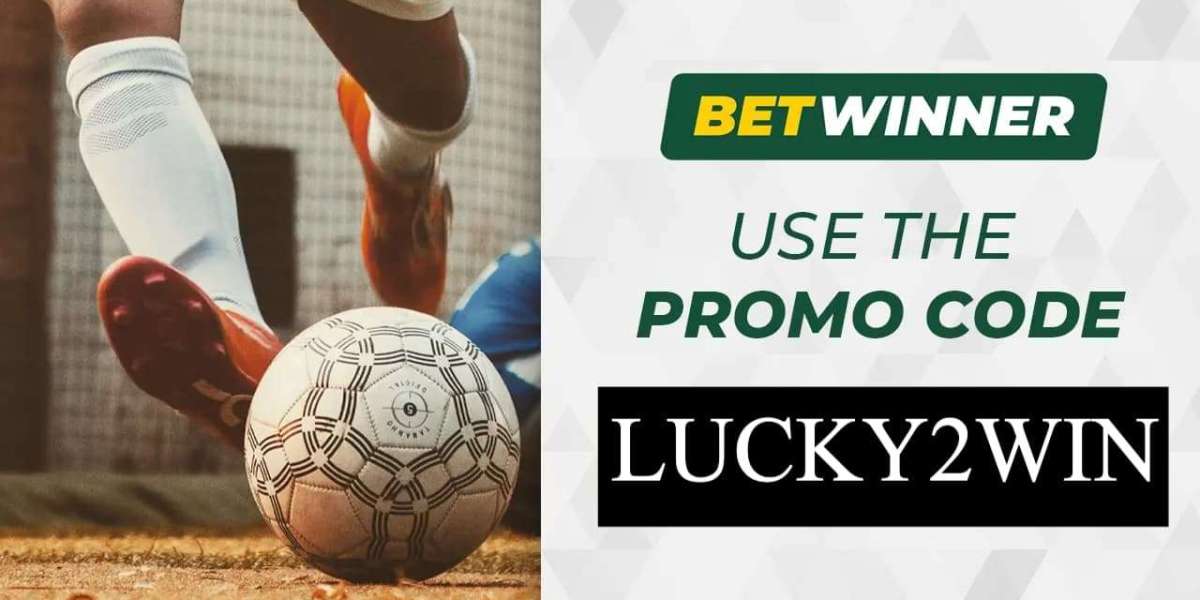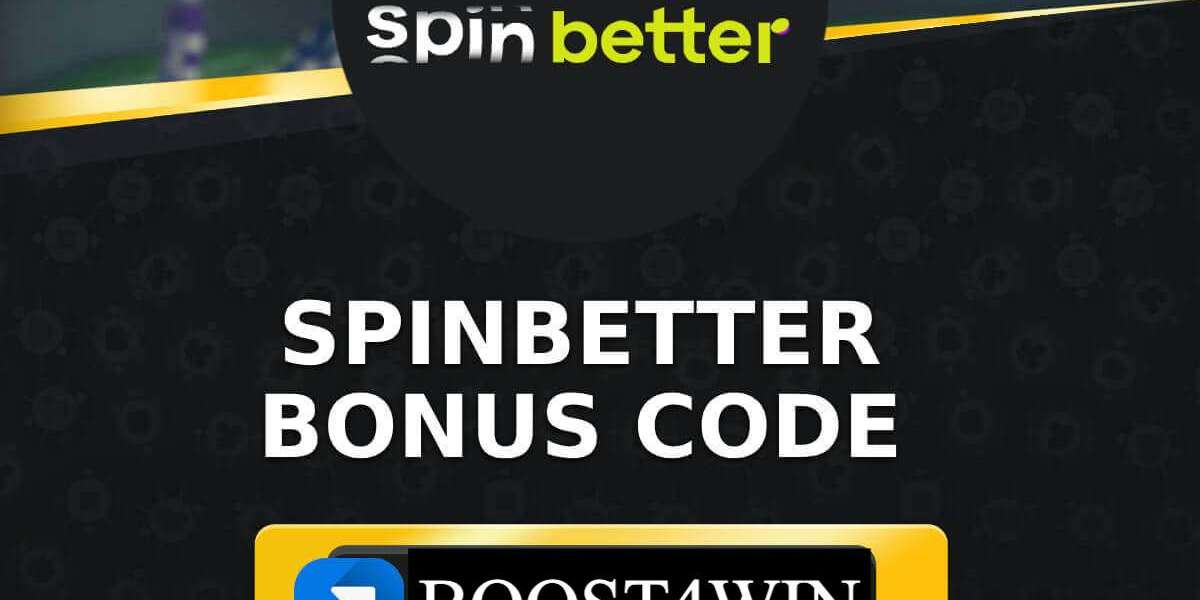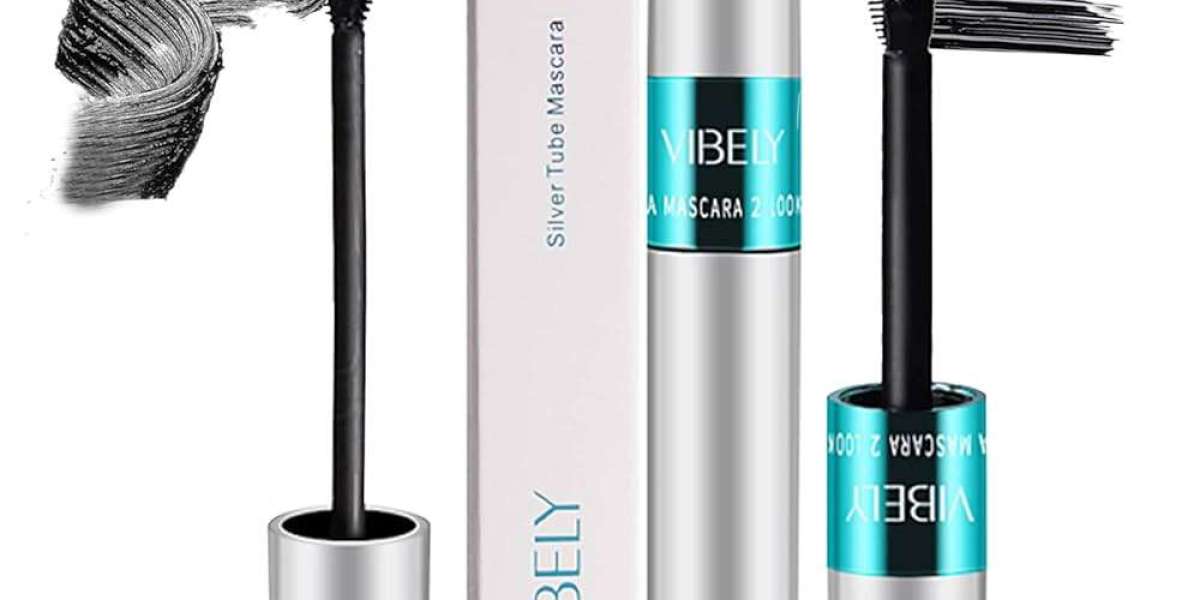Unlock the Secret to Choosing Your Perfect Everyday Carry Knife!
Everyday carry (EDC) knives have become essential tools for many people, blending practicality with style. Whether you're an outdoor enthusiast, a tradesperson, or just someone who appreciates a reliable tool, EDC knives offer versatility that can adapt to a multitude of situations. From opening packages to tackling minor repairs or even assisting in self-defense scenarios, the utility of an EDC knife is undeniable. The goal of this article is to guide you in selecting the best EDC knife tailored to your unique needs, preferences, and lifestyle. With so many options available, understanding what makes an EDC knife truly great is key to making an informed decision.

Understanding Everyday Carry Knives
An EDC knife is a compact, versatile tool designed for everyday use. Unlike specialized knives, which may excel in specific tasks, EDC knives are built to handle a variety of situations, making them indispensable in daily life. Common features include a foldable design for easy portability, a locking mechanism for safety, and a blade that balances sharpness with durability. When choosing an EDC knife, the significance of size and weight cannot be overstated. A well-chosen EDC knife should feel comfortable in your pocket or bag while being sturdy enough to handle daily tasks. Understanding these characteristics will help you appreciate how EDC knives stand apart from other types of knives, such as hunting or tactical knives.
Key Factors to Consider When Choosing an EDC Knife
Selecting the right EDC knife involves evaluating several key factors that influence its overall performance and suitability for your personal needs. These include blade material, blade shape, handle material, locking mechanisms, and overall design. Each of these aspects plays a crucial role in the knife's functionality and user experience. For instance, the right blade material can enhance durability and sharpness, while an ergonomic handle design can improve comfort during use. Understanding these factors will empower you to make a more informed choice, ensuring that your EDC knife meets your requirements in various situations.
Blade Material
The choice of blade material is foundational when it comes to EDC knives. Common materials include stainless steel and carbon steel, each with its own pros and cons. Stainless steel, known for its resistance to rust and corrosion, is often favored for everyday tasks, while carbon steel is prized for its superior sharpness and edge retention, though it may require more maintenance to prevent rust. Personal experiences shared by friends underline this distinction; one friend, a frequent camper, swears by his carbon steel knife for its sharpness, while another prefers stainless steel for its low-maintenance nature. Choosing the right material ultimately depends on how you plan to use your knife and how much effort you’re willing to invest in maintenance.
Blade Shape
Blade shape is another critical consideration. Popular shapes include drop point, tanto, and spear point, each suited for different tasks. For general-purpose use, the drop point blade provides a versatile option, allowing for precision while remaining sturdy enough for heavier tasks. The tanto blade, with its angular tip, excels at piercing but may not be as effective for slicing. Meanwhile, the spear point is great for both piercing and slicing, making it a well-rounded choice. When choosing a blade shape, consider your specific needs; for instance, if you often find yourself needing to cut through thick materials, a tanto blade may serve you better.
Handle Material and Design
The handle material and design of an EDC knife significantly impact comfort and usability. Common materials include G-10, aluminum, and micarta, each offering different benefits. G-10 is a fiberglass laminate known for its durability and grip, making it a popular choice for many EDC knives. Aluminum, while lightweight and aesthetically pleasing, can sometimes be slippery if not designed with texture in mind. Ergonomic designs that fit well in your hand can greatly enhance your experience, providing a secure grip during use. A friend once shared how the right handle design made all the difference during a camping trip, allowing for hours of comfortable use without fatigue.
Locking Mechanisms
Locking mechanisms are essential for both safety and ease of use. Various types of locks, such as liner locks, frame locks, and lockbacks, offer different advantages. Liner locks are popular for their ease of operation, allowing for quick one-handed use, while frame locks provide a robust locking mechanism that secures the blade effectively. Understanding these mechanisms can help you choose a knife that not only feels safe to use but is also intuitive in its operation. Safety should always be a priority when using an EDC knife, so take the time to evaluate how each locking mechanism works in practice.
Where to Buy Your EDC Knife
When it comes to purchasing an EDC knife, several avenues are available. Physical stores, such as outdoor retailers or specialty tool shops, allow you to handle the knives in person, giving you a better feel for their weight and design. Additionally, many online marketplaces offer a wider selection and customer reviews that can provide insight into the knife's performance. However, it is crucial to buy from reputable sources to ensure you receive a quality product that complies with local laws. A friend once had a negative experience buying an EDC knife from an unverified seller, highlighting the importance of diligence when making a purchase.
Final Thoughts on Selecting Your EDC Knife
In summary, choosing the right EDC knife involves understanding key factors such as blade material, shape, handle design, and locking mechanisms. These aspects greatly influence the knife's performance and how well it meets your individual needs. As you consider your lifestyle and the tasks you frequently encounter, remember that the best EDC knife for you is one that aligns with your specific requirements and preferences. Take your time to research and evaluate your options, and you will find a reliable companion that enhances your daily carry experience.






